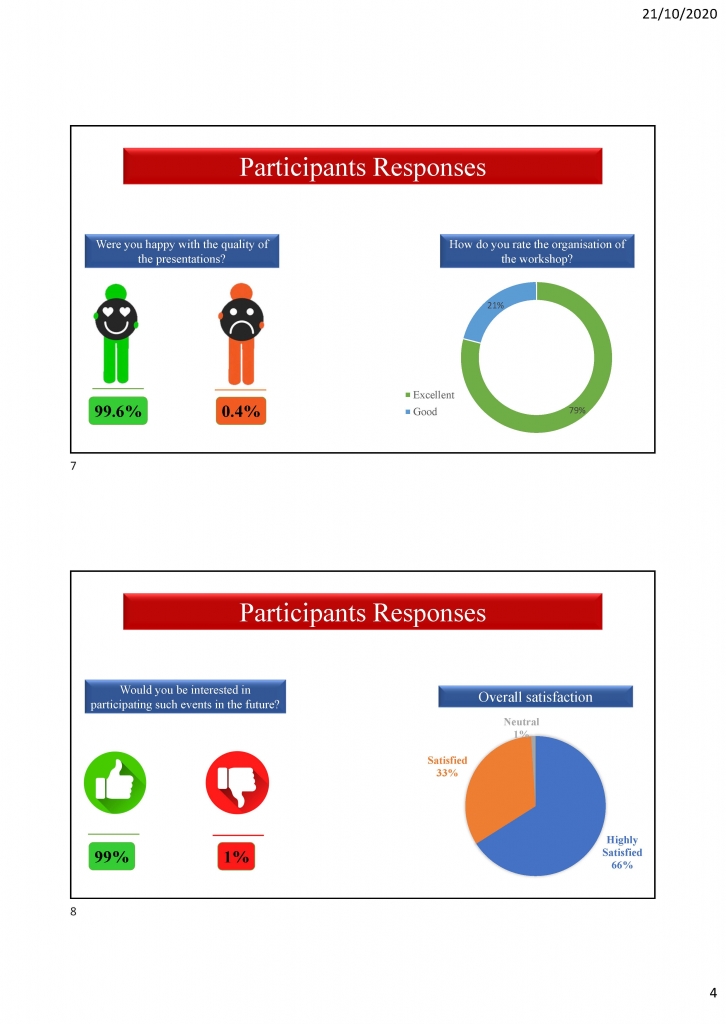Host Member Society: United Kingdom
Short name: Observationall Method (TC206) - Terms of Reference - approved
Contact: TC206 Secretary, Amit Srivastava
TC-206 External Website: tc206issmge
The following “planned activities” are proposed by the TC206:-
- Contact TC members (Objective 1) - The TC Members will write short CV’s summarising their OM experience and papers they have written. The TC will then:-
- Identify gaps in the TC skill base and identify new members.
- Debate the difference in terminology between “Interactive Design” and “Observational Method” in (two) conference calls with the members.
- Identify a TC secretary from outside Europe with OM experience.
The timeframe for this is 3 months
- Establish Guidelines and Standards (Objective 2) – Review the current use of OM in guides and design specifications.
A developing area is real time back analysis using Bayesian methods to automate the redesign process. Procedures need to be developed and tested.
A reference list and comparisons will be made. The time frame for this is 6 months and parallels Eurocode updates.
- Conference Organised by ISSMGE (Objective 3) – The OM is unlikely to warrant a conference by itself. However, OM fits well with other ISSMGE conferences which have a large component of back analysis. The following is planned:-
- Present at the ISSMGE Conf Sydney (Sept 2021) on the changes planned for the TC.
- Promote a clear framework and design process to be used with OM.
- Organise sessions / participate in conferences on back analysis in geotechnics, including soil parameter assessment leading to most probable and characteristic parameters, tunnelling, environmental geotechnics, instrumentation, risk assessment, statistics and risk.
- Interaction with Industry and other TC’s (Objective 4) – To improve interaction with industry the TC206 needs to interact with construction contracts. This will require contractor and client input. The design and build contracts are possibly the easiest way to interact using value engineering clauses. Initially the TC206 will encourage experienced contractors to join TC206. The papers will be written to define contract options for OM input.
The Objective 4 identifies some of the other TC’s to interact with.The Chair/members of TC206 are individually interacting with the relevant TC’s and report back to the whole TC. From those contacts a proposal for a joint meeting is developed taking place at a ISSMGE conference.
Deliverables
The deliverables include:-
Objective 1 deliverables - An active TC206 group and clarification on ID / OM with a web site. – 3 months
Objective 2 deliverables – A coordinated approach to OM through different guides and codes. The redrafting of the Eurocode is in progress. The OM aspects will be disseminated - 6 months.
Objective 3 deliverable - Joint ISSMGE Conferences with other TC particularly on back analysis. - The ISSMGE 2021 will be a key target to link with other TC’s.
Objective 4 deliverable – A contractual framework for the use of OM by industry. The first step in to identify key contractors and clients. 3 months – a contractual framework would take about a year.










